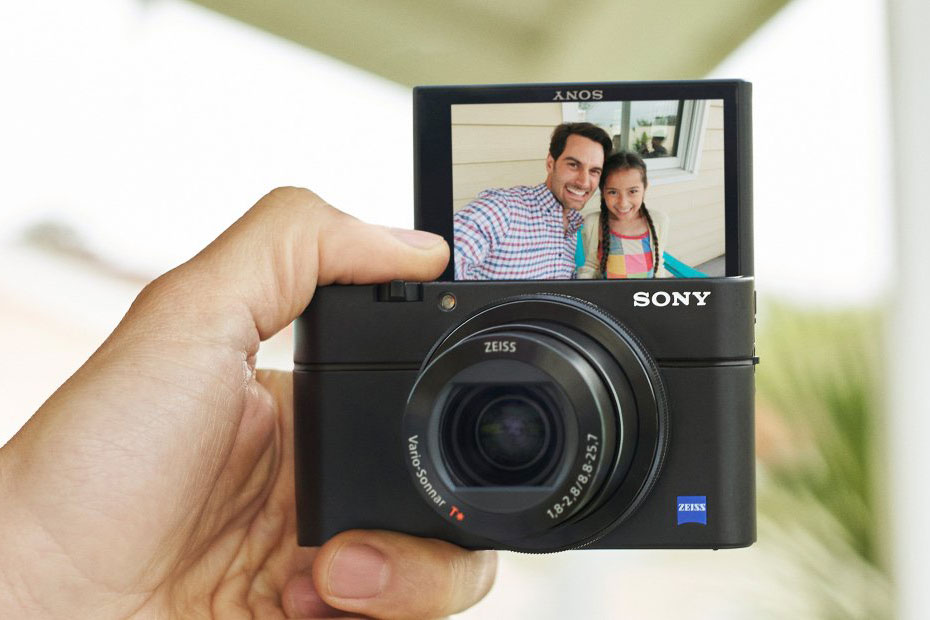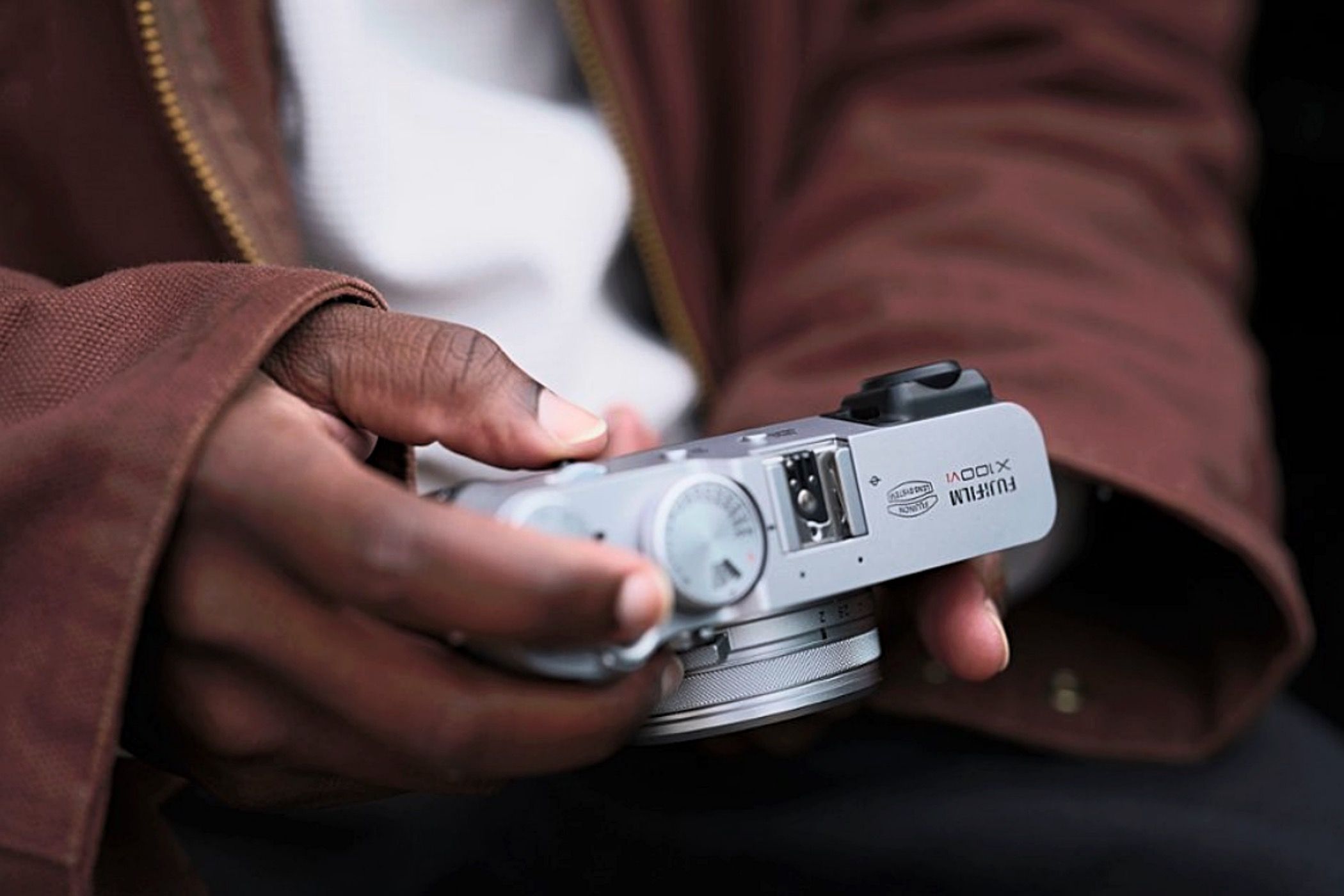Guide on How to Mount a Point and Shoot Camera to a Telescope
As professional photographers, you're always on the hunt for innovative ways to capture striking images. One such technique is mounting a point and shoot camera to a telescope. This setup can help you achieve stunning astrophotography shots without investing in expensive DSLR cameras or specialized astrophotography equipment. In this comprehensive guide, we'll walk you through every step of the process.

Why Point and Shoot Cameras are Ideal for Astrophotography
Point and shoot cameras have come a long way in terms of image quality and versatility. Despite their compact size, they offer several features that make them suitable for capturing celestial objects. For more insights on the advantages, you might find Why Point and Shoot Cameras are Advantageous useful.
High-Quality Sensors
Modern point and shoot cameras come equipped with high-quality sensors that can capture detailed images even in low light conditions. This feature is particularly beneficial for astrophotography, where light is often scarce.
Lens Versatility
The fixed lens design eliminates the need to switch lenses, making point and shoot cameras convenient for quick setups. For more details on lens specifics, check out our lens guide.

Required Equipment
Before diving into the mounting process, let's review the key pieces of equipment you'll need:
Telescope
The type of telescope you use will significantly impact the quality of your images. Telescopes with motorized tracking capabilities are ideal as they can automatically follow celestial bodies across the sky.
Camera Mounting Adapter
A mounting adapter is a crucial component. These adapters are designed to securely attach your point and shoot camera to the telescope's eyepiece.
Remote Shutter Release
To minimize vibrations that can blur your images, it's advisable to use a remote shutter release.

Step-by-Step Guide on Mounting Your Camera
Step 1: Aligning the Telescope
Start by setting up your telescope at a location with minimal light pollution. Ensure that your telescope is stable and properly aligned with the celestial object you wish to capture. For specific alignment techniques, you can refer to official telescope manuals or online tutorials.
Step 2: Attaching the Adapter
Secure the mounting adapter to the eyepiece of your telescope. Different telescopes may require specific adapters, so make sure to choose one that is compatible with your equipment.
Step 3: Mounting the Camera
Attach your point and shoot camera to the adapter. Ensure that it is tightly secured to prevent any movement that could result in blurry images. If you're unsure about camera settings, you can consult our article on camera settings for astrophotography.
Step 4: Adjusting Camera Settings
Set your camera to manual mode to have full control over the exposure, ISO, and focus settings. Low ISO values and longer exposure times are generally recommended for astrophotography.
Step 5: Capturing the Image
Once everything is set up, use the remote shutter release to take your shot. Be patient and take multiple shots with varying settings to find the perfect exposure. For more tips on getting the best shot, you might find this guide helpful.

Additional Tips and Troubleshooting
Dealing with Vibrations
One of the biggest challenges in astrophotography is dealing with vibrations. Even the slightest movement can ruin a shot. Using a sturdy tripod and a remote shutter release can significantly reduce this risk.
Post-Processing
Post-processing plays a crucial role in astrophotography. Software like Adobe Photoshop or Lightroom can help enhance the details and colors in your images. For more on this, read our article on post-processing tips.
FAQ
Can I use any point and shoot camera?
While most modern point and shoot cameras are suitable, it's best to use one with manual settings capabilities for optimal results.
What type of telescope is best?
Telescopes with motorized tracking are ideal as they can follow celestial objects, reducing the need for manual adjustments.
Do I need a remote shutter release?
Yes, a remote shutter release helps minimize vibrations, ensuring clearer images.
More on Point and Shoot Cameras
As an Amazon Associate, I earn from qualifying purchases.

